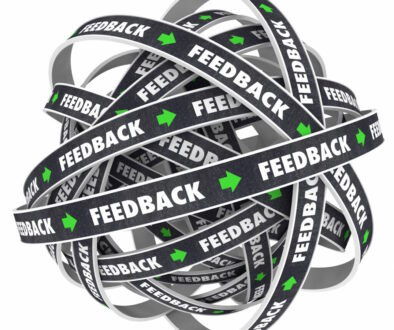The Yearly Stall
We’ve all been there. Here in the Northern US it happens like this. It’s the dead of winter. The days have been getting shorter and darker. The weather has been increasingly trapping us inside while simultaneously making our daily commute longer than ever. January first approaches and we make some resolutions, providing focus and hope. We work hard towards these new goals. We see some positive change. Progress is made and it makes us feel good. Then something happens.

Sometime in late February or early March is when we tend to first notice it. We’ve lost momentum. Progress has stalled, and we aren’t really sure when it happened. We might have lost the initial progress. In some cases things have slid even further back then when they started. Most of the time by May it’s as if nothing ever happened.
Many Agile transformations are the same way. They start strong. Everyone has really good intentions. A couple of process changes are made. Some benefit is seen. Some resistance is met with facets of change that are uncomfortable. Concessions get made. The result is little change, minimal benefit, and stalled change initiatives.
There can be many forces at work here. Change is hard. Things are usually good enough. There is a mis-understanding of why we are trying Agile. The reasons are as varied as the people on teams, the teams in companies, and the companies in business. These are just some common themes.
It’s highly likely that at some point in an Agile transition things will stall. In almost every journey there is a point near the beginning where the initial excitement of setting out wears off. The difficulty of what lies ahead appears larger than it really is. The new rhythm starts to feel monotonous. This is a critical time for a transition.
Getting through this time will be much easier with an Agile Coach, especially for the first agile transition in an organization. The coach can provide ideas for injecting new life into the team and process. This provides change that can bring back some of the initial excitement.
If you find yourself here without a coach then you need to be the coach instead. Change up the retrospective meeting. Try different estimation methods. Pick a value pair from the manifesto and dedicate a sprint to it. See if you can incorporate one of the 12 principles into your workflow.
Agile is a journey. Just like every journey there will be long stretches that aren’t particularly exciting. Agile Coach or not, as change agents striving to make our organizations better through Agile methodologies we need to be ready to keep momentum during the slumps.




